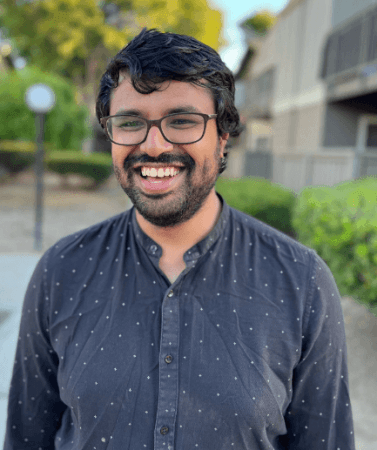
According to the Centers for Disease Control and Prevention (CDC), about 6.2 million adults in the United States have heart failure. In 2012, heart failure cost the nation $30.7 billion; it's a high-cost disease to treat and the common occurrence in the US population creates a bottleneck of care. While patients struggle to access the care they need, medical providers are working tirelessly to meet demand, though no efforts seem to be enough.
Further exacerbating a major issue is the fact that many Americans lack access to healthcare. Whether it's because of financial strain, location-based restrictions, or another factor, failing to get care for heart failure could result in death. The concentrations of counties with the highest heart disease death rates are primarily in Mississippi, Louisiana, Arkansas, Oklahoma, Texas, Kentucky, Tennessee, Indiana, Illinois, and Wisconsin. Not coincidentally, many of these counties also lack access to sufficient healthcare resources.
Doctors can't get out to rural areas to treat patients and many patients in rural areas don't make it to a hospital until something is terribly wrong and it's too late to act. The problem already seems insurmountable, but unfortunately, it's only going to get worse. The American Heart Association published a Heart Disease and Stroke Statistics Update in 2017 that estimated 2030 will see a 46% increase in people diagnosed with heart failure.
On its own, the future seems bleak, but what you may not be seeing is the gargantuan effort by medical and technology experts all over the world to change the nation's trajectory. Sarath Chandra is a technology expert by education and a healthcare innovator by trade. He's done everything from work with major insurance providers like Cigna to developing an AI prognosis tool used to assess skin abnormalities. But now, he's working on ISHI, an AI-powered heart failure care management tool that can be used anywhere in the world because it's virtual.
Sure, virtual care has been on the rise ever since the Covid-19 Pandemic, but ISHI isn't just telehealth doctor's appointments, it's a standalone technical tool that exists on the cloud, provides real-time virtual care for heart failure patients, and actively improves the outcomes of this diseases. Sarath's co-founder and the company's CEO is a heart failure specialist with extensive experience working with heart failure patients. After seeing the outcomes faced by senior adults with heart failure, ISHI's CEO, Ajay, connected with Sarath to bring his vision to life.
Sarath has been working on the technical infrastructure needed for the tool. He oversees a team of 15 developers, project managers, and UI/US developers. ISHI has officially entered the healthcare system by partnering with small medical clinics in the United States. Since its treatments are all done virtually, the benefits of the tool can be accessed by anyone, anywhere. Bringing technology and compassion to healthcare, Sarath isn't just saving lives, he's enhancing them.
After participating in ISHI's program for just five months, a 73-year-old patient was able to go on a small hike with her daughter for the first time in 8 years. All of us, seniors included, deserve to find moments of joy with the people they love, and only because of ISHI, this patient was able to experience a small moment of joy she had been missing. This small moment translates to major progress in treatment plans and heart health overall.
It's hard to know if the American Heart Association's prediction of a 46% increase in heart failure by 2030 will come true, but perhaps, because of Sarath and ISHI, there's still time to course correct.

















